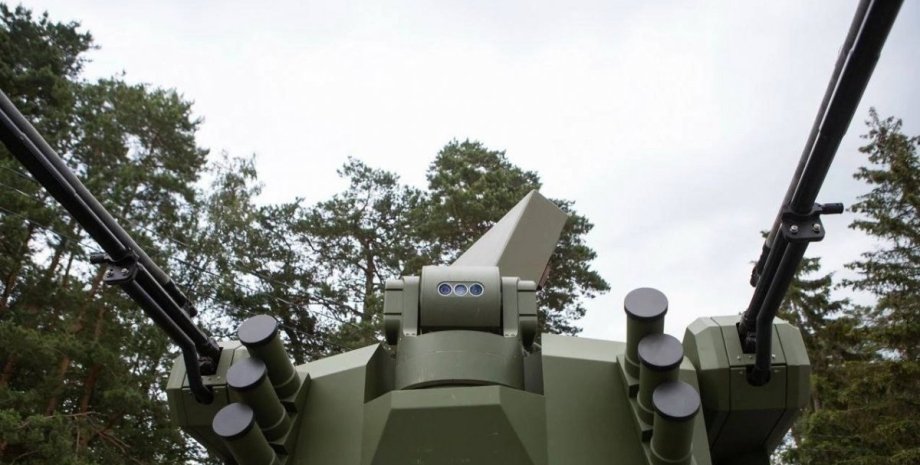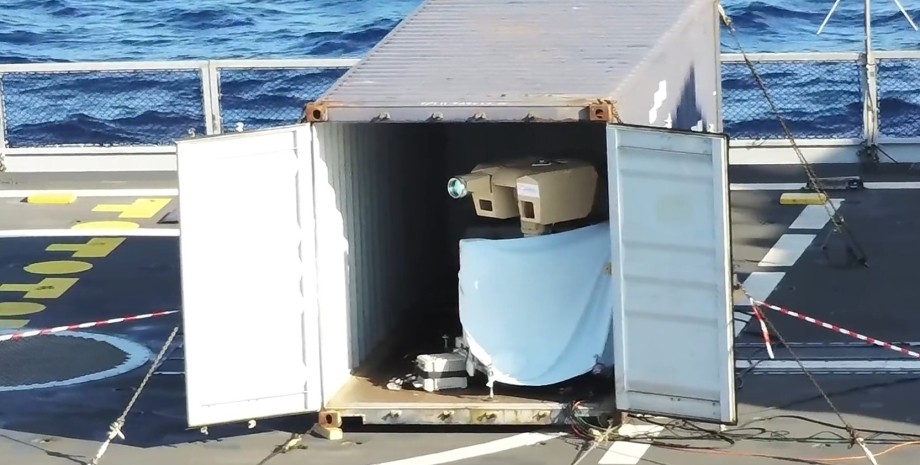
 By Natali Moss
By Natali Moss
As explained in the edition, with the help of accurate lasers, each atom is split into the so -called state of superposition, similar to the cat of Schrödinger, so that it simultaneously moves in two ways, which are then recombinated. These two paths create a pattern that encodes detailed information on how the atomic environment has affected his journey. Quantum sensors are much more sensitive than classic inertial navigation systems.
Because atoms are identical and do not change, unlike mechanical components or electronics, they are much less prone to drift or displacement. As a result, they provide long and high -precision navigation without external landmarks. During the X -37B mission, this level of quantum inertial navigation will be tested for the first time in space. In the future, this technology can revolutionize spacecraft, aircraft, ships and submarines in environments where GPS is unavailable or broken.
The publication emphasized that in space, especially outside the Earth's orbit, GPS signals become unreliable or simply disappear. The same applies to underwater where submarines do not have access to GPS. And even on Earth, GPS signals can be muted or fake. That is why the development of a quantum alternative GPS is important. Recall that the Ukrainian company Blue Arrow has developed a visual navigation system that allows drones to fulfill missions in the absence of GPS.










All rights reserved IN-Ukraine.info - 2022